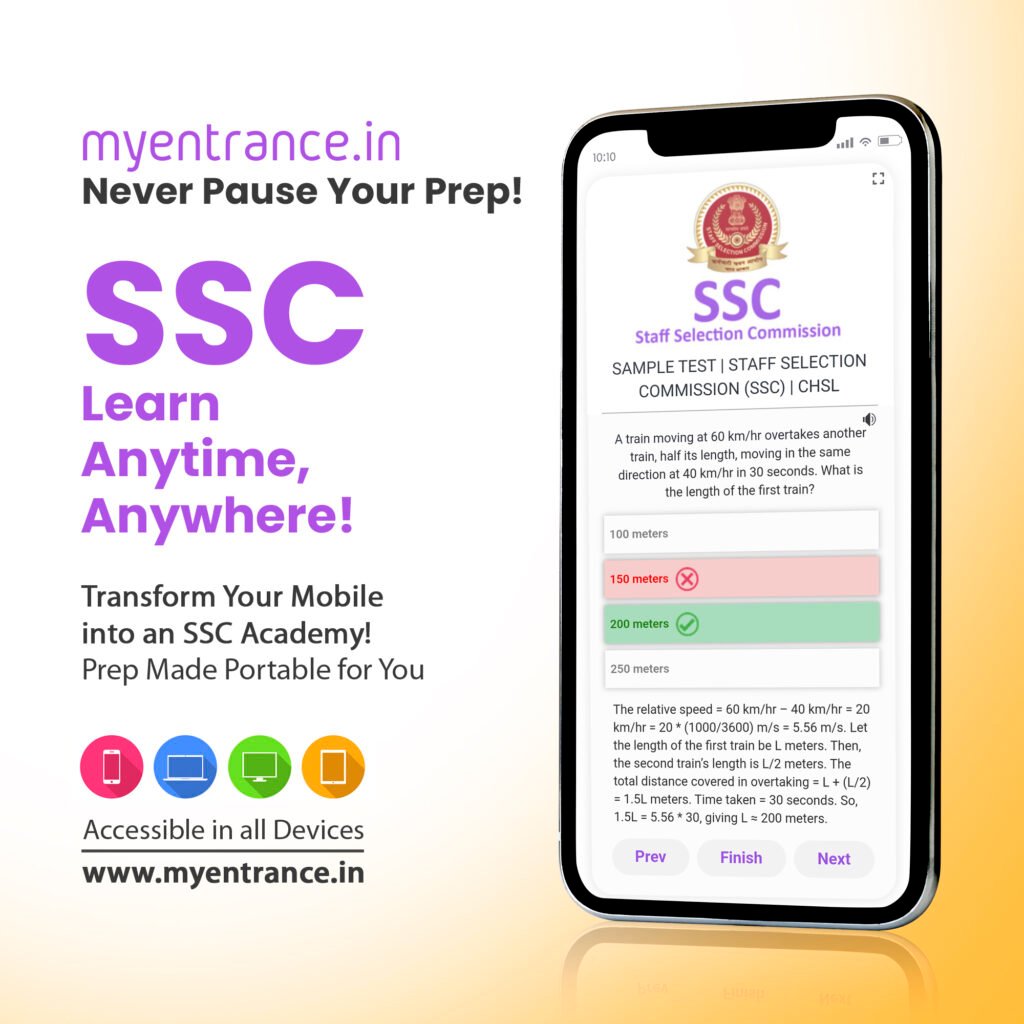
An IndiGo flight from Ayodhya to Delhi experienced a terrifying ordeal last Saturday, sparking serious safety concerns among passengers and aviation experts alike. The flight, which was diverted to Chandigarh due to adverse weather conditions in Delhi, reportedly landed with just minutes of fuel to spare.
Here are 10 key points about the incident involving IndiGo flight 6E2702:
- Scheduled Journey: The flight was initially set to travel from Ayodhya to Delhi, departing at 3:25 PM and expected to arrive by 4:30 PM.
- Weather Complications: Approximately 15 minutes before its scheduled landing, the pilot announced that bad weather over Delhi prevented a safe landing at the intended destination.
- Failed Landing Attempts: According to passenger Satish Kumar, the aircraft attempted to land in Delhi twice unsuccessfully due to the adverse weather conditions.
- Fuel Concerns Announced: The pilot informed passengers at around 4:15 PM that the aircraft had 45 minutes of holding fuel left, which raised concerns about the remaining flight duration.
- Decision to Divert: After two failed landing attempts and extended hovering, the decision was made to divert to Chandigarh at 5:30 PM, 75 minutes after the initial fuel status update.
- Passenger Distress: The prolonged uncertainty and delay caused considerable distress among passengers, with reports of some vomiting due to anxiety.
- Narrow Escape: The flight eventually landed in Chandigarh at 6:10 PM, approximately 115 minutes after the pilot’s announcement regarding fuel capacity. It was later revealed by the crew that the aircraft had landed with only 1-2 minutes of fuel remaining.
- Safety Violations Alleged: Retired pilot Shakti Lumba described the incident as a “gross safety violation,” criticizing the pilot’s decision to delay the diversion after the missed approaches. He asserted that “after two missed approaches, a diversion is mandatory.”
- Social Media Reactions: The incident has caught the attention of the public on social media, with users debating the decision-making of the flight crew under pressure and the potential risks involved.
- Calls for Investigation: Both the Directorate General of Civil Aviation (DGCA) and the Ministry of Civil Aviation have been tagged in posts demanding a thorough investigation into the matter to ensure such a potentially catastrophic situation is not repeated.
This incident has raised significant concerns about adherence to Standard Operating Procedures (SOPs) in emergency situations and fuel management on commercial flights. The aviation authorities are expected to review the circumstances surrounding the near-miss to prevent future occurrences.




































Leave a Reply